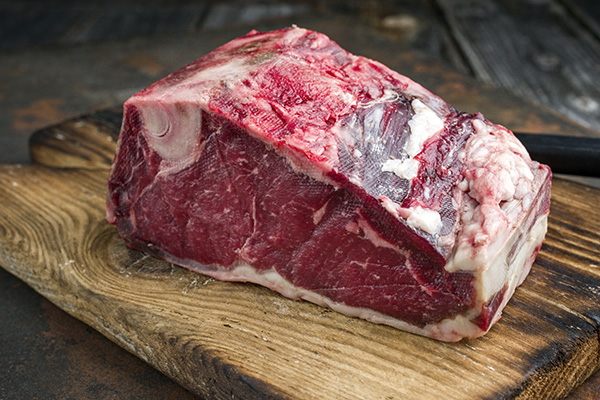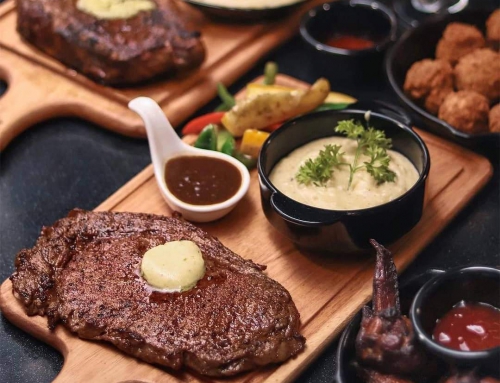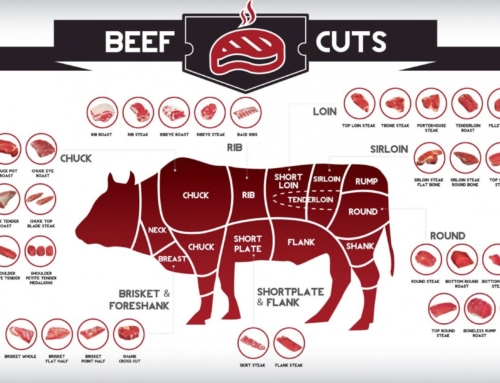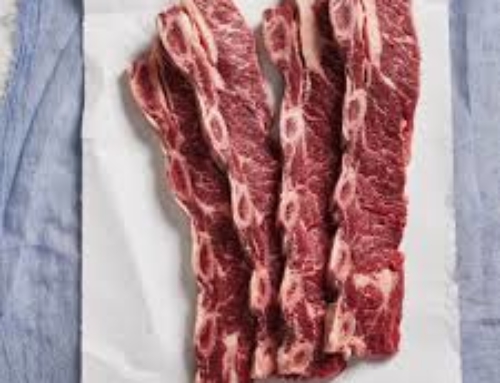As dry-aging is slow, it requires patience. The dry-aging period typically takes between 7 and 120 days, depending on personal preference. As the meat age longer, a unique “musty” flavor is developed, making it more intense on the palate.
Marie-Antoine Careme, known as the King of Chefs, is widely accredited for pioneering the dry-aging method in modern history. He is a large proponent of allowing dry-aging to go on “as far as possible”. By the 1800s, French chefs observed the beef flavor gets more intense as it ages, in addition to benefits of preservation.
Duiring aging, evaporation results in the meat losing its moisture. The meat also gets more tender and absorb the meat juice as the meat fibers are broken down. Fats are oxidized and natural enzymes soften the connective tissues, breaking proteins, fats and carbs into amino acids, fatty acids and sugars. An umami flavour is produced by the amino acids, and the sugar leaves a sweet taste in the meat.
For starters, we recommend dry-age steaks of 7 to 10 days. Here, the meat begins to darken and the collagen has just started to break down. The flavour is still not as “aged”. At 21 days, the steak loses a tenth of its weight via evaporation, and its colours begin to darken. The most common period for dry-aging is 30 days. Here you can taste the “aged” flavour, with the meat becoming extra tender.
For steak aficionados, they may prefer their meat to be dry-aged between 45 to 90 days. The high-end restaurants could possibly serve steaks that are dry-aged for as long as 120 days. Here, the meat will shrink to to 65% of its original weight, and blessed with an extraordinary intense beef flavour.
At Stirling Butchery, customers can dry-age their beef cuts at $1 per day. We usually recommend Ribeye, Sirloin or T-Bone steak cut for dry-aging.






